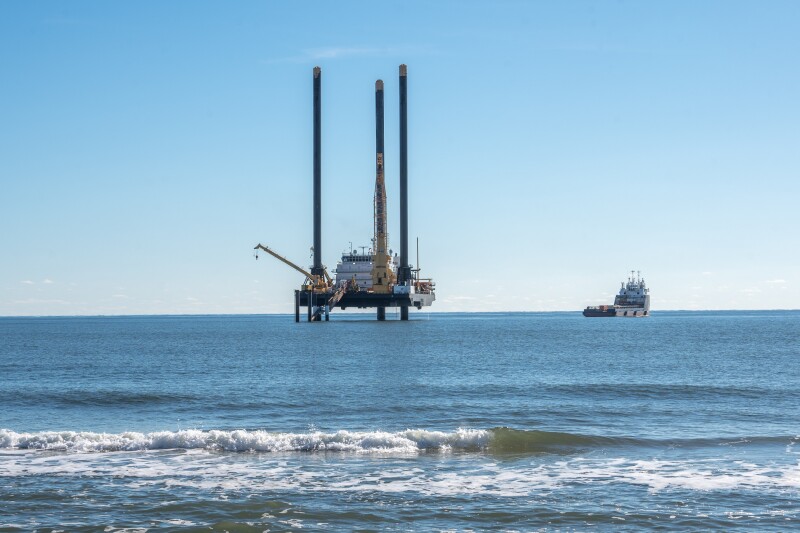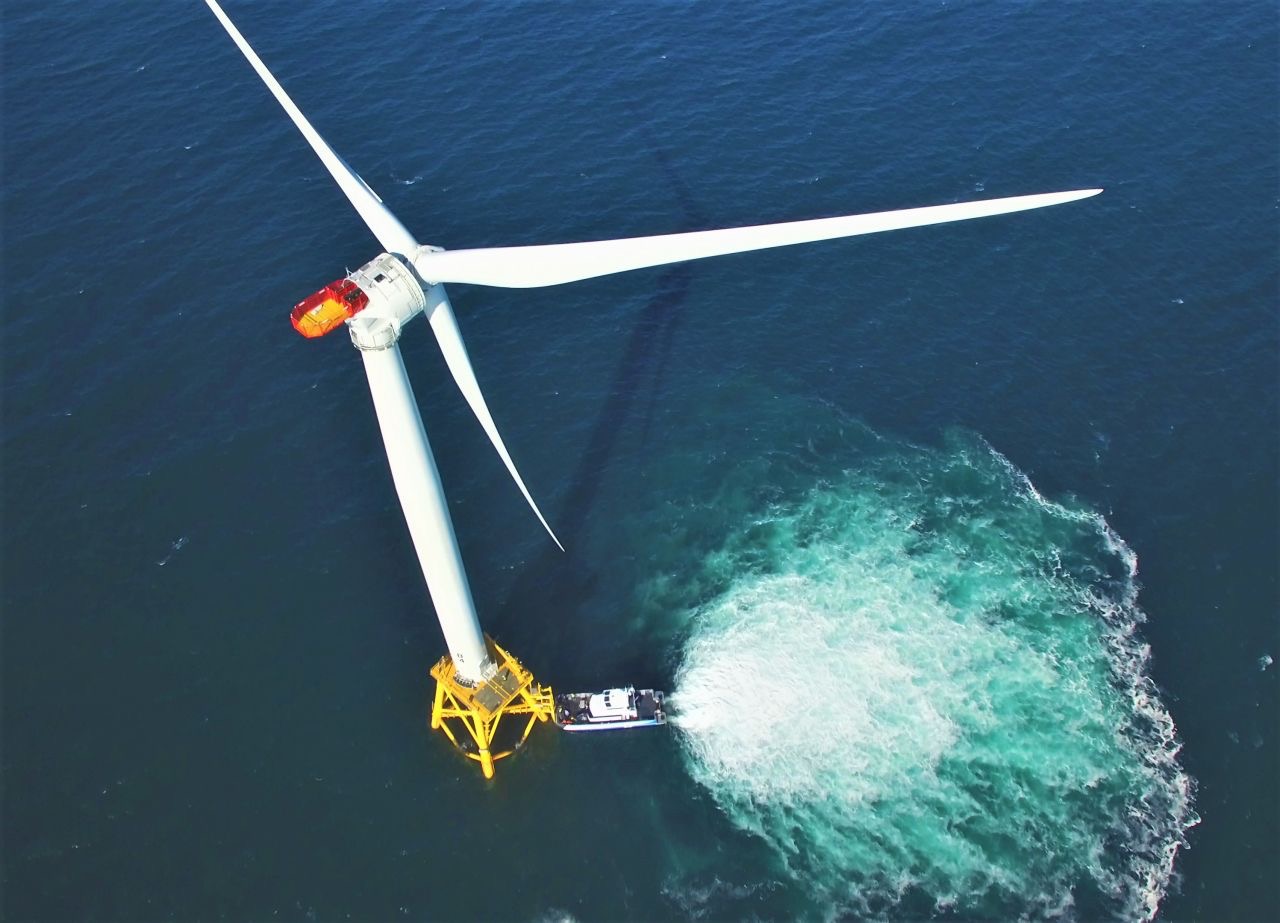By Claire Richer, director, offshore wind, American Clean Power Association
In the 1960s, the family-owned, Louisiana-based Nolty J. Theriot tug company was racing across the Atlantic Ocean. The company's boat captains had extensive experience laying cables and anchors for offshore oil and gas platforms in the Gulf of Mexico, and now their specialized skills were needed to do the same for a new oil and gas industry in the North Sea.
They worked alongside Norwegian boat captains and learned the skills necessary to help boost an industry that eventually turned Norway into an energy production powerhouse, increasing energy security for the West.
Fast forward to 2022. European maritime companies are coming over to this side of the Atlantic to aid in the development of the nascent offshore wind industry in the U.S. Reaching the U.S. goal of deploying 30,000 MW of offshore wind by 2030, will create up to 83,000 jobs and new opportunities for U.S. mariners. Today, however, the U.S. only has seven turbines (42 MW) of offshore wind compared to Europe’s over 5,800 turbines (24,837 MW). To catch up and quickly build a domestic manufacturing sector, we need to learn from the European experience, just as those Norwegian boat captains learned anchor handling skills from Nolty Theriot’s Cajun captains.
Each offshore wind project will use more than 25 different types of vessels for construction, operations, and maintenance. The majority of these vessels will be built in the U.S. and crewed by U.S. mariners over the lifetime of the projects. U.S. vessel operators are already learning from the European experience by using vessel designs for new U.S. vessels and conducting skills training with European vessel operators. Offshore wind projects will also use specialized foreign-flagged offshore wind construction vessels that have decades of experience building wind farms in Europe. These European operators are doing training with U.S. vessel companies to ensure that their vessels can work together.
It’s important to note that all of this will be done in accordance with the Jones Act — a U.S. law which requires that transportation of merchandise between two U.S. points, such as a U.S. port and an offshore wind turbine — on a coastwise-qualified vessel (a vessel built in the U.S., owned by Americans, and crewed by Americans). Customs and Border Protection, the agency in charge of interpreting the Jones Act, has determined that foreign-flagged vessels (such as European construction vessels) can conduct heavy lifts off the coast of the U.S. in accordance with the Jones Act.
Today, skilled European captains operate most vessels in the North Sea, having learned the techniques of the Cajun captains. Just as Cajun tugboat captains collaborated with the Europeans to build out the offshore oil and gas industry in the North Sea, so will the new U.S. offshore wind industry work with European vessel operators to build out a historic amount of clean energy on pace to meet climate targets.
By collaborating with European leaders in offshore wind, we can create tens of thousands of good-paying jobs, jump start billions of dollars in domestic manufacturing, put U.S. mariners to work, and power millions of homes with homegrown electricity, increasing energy security.





